American racing drivers have long been fascinated by the challenge of Le Mans, but constructors from across the pond have been fewer and further between. That’s not to say American cars haven’t left an indelible imprint on the history of the great race. From the bizarrely shaped Cadillac ‘Le Monstre’ to the imperious Chevrolet Corvette to the downright exotic Panoz Esperante, the ground-shaking thunder of the perennial American V8 has seared itself into the memories of Le Mans-goers for decades – and we sincerely hope it will continue to do so for decades to come.
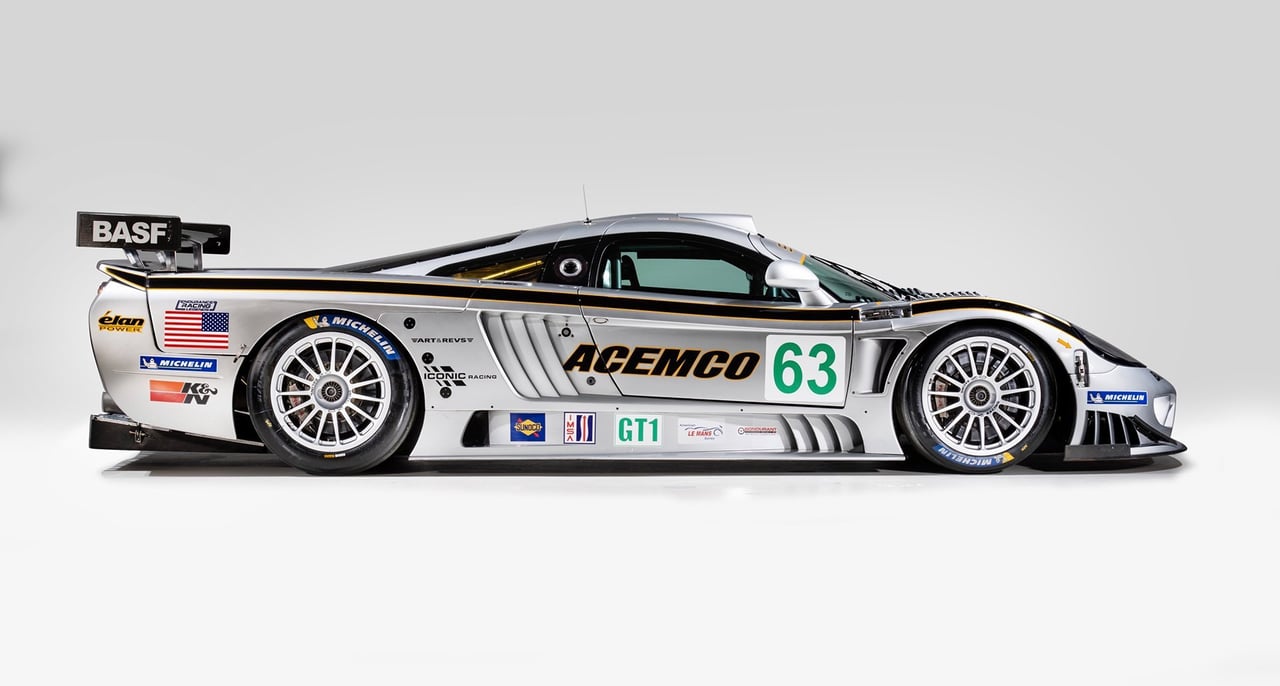
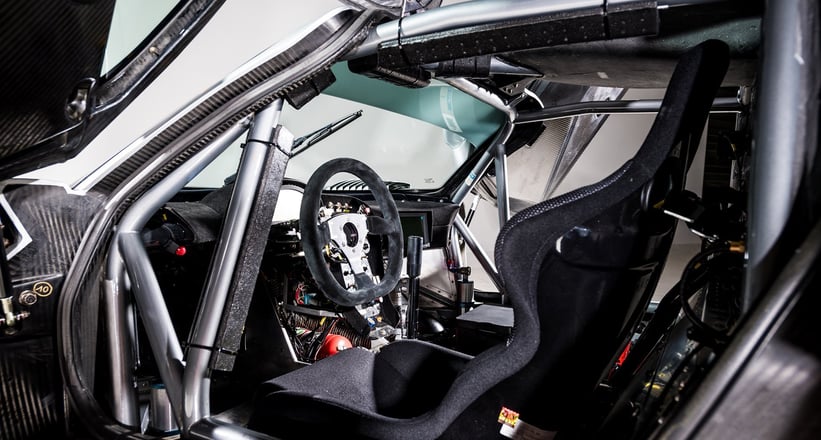
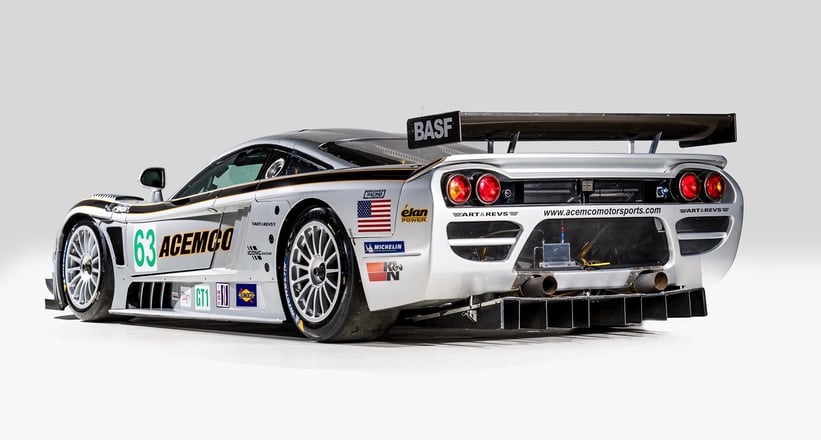
It might not have set the Le Mans record books alight, but the Saleen S7R is a car whose recognition from today’s new wave of PlayStation-generation collectors is timely. After all, modern-era endurance racing cars have been one of the few success stories in the collector car market in recent years.
It’s something with which Florent Moulin, the owner of this particular S7R and the founder of Art & Revs in Luxembourg, is all too familiar. He claims the current crop of young collectors are breaking the rules and looking for something different and that they can relate to first-hand. “You have to remember that throughout the 1980s and early 1990s, endurance racing was ruled by Group C prototypes,” Moulin explains. “But the mid 1990s saw the re-emergence of the GT category, a hugely significant part of the Le Mans legend, and it proved to be a golden era punctuated with beautiful and technologically ground-breaking supercars.”
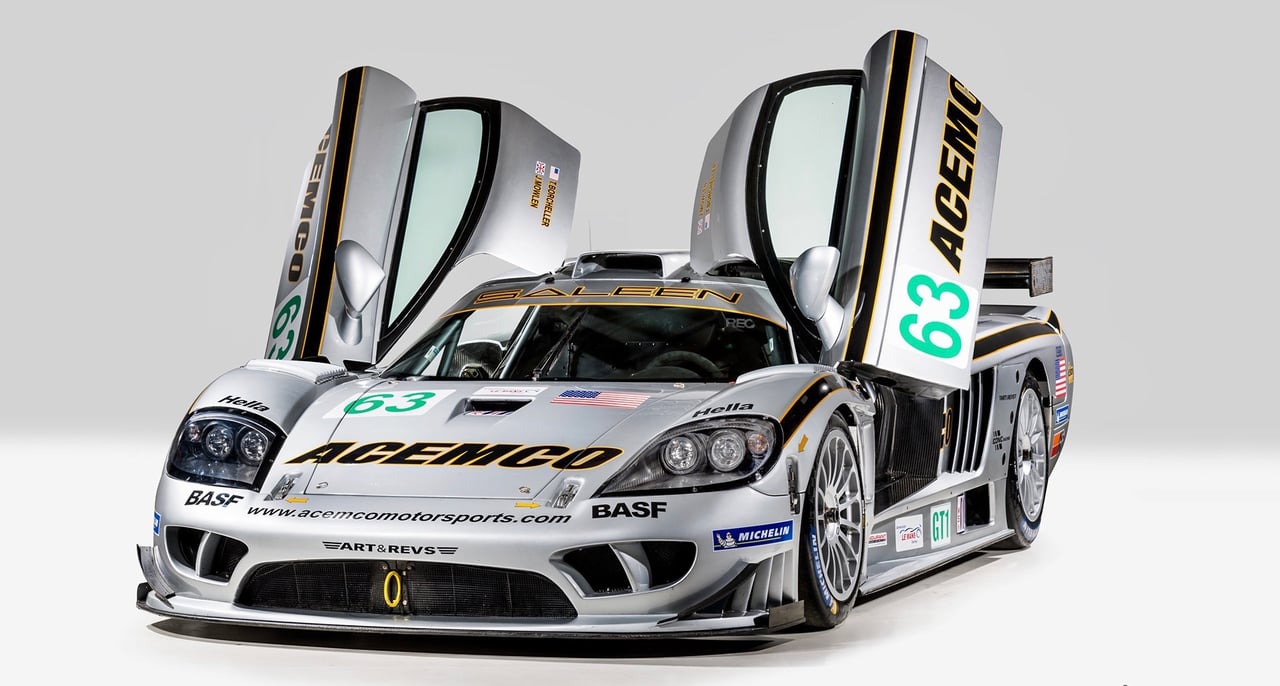
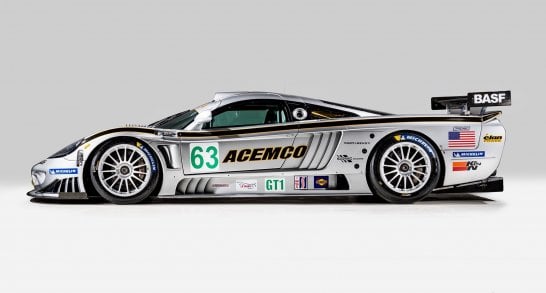

The Saleen S7R is one such car. The imposing mid-engined supercar was conceived by the long-time Ford tuner Steve Saleen to contest the FIA’s newly restructured GT1 category. While the unicorn-rare road-going version of the S7 was built in Irvine California, construction of the first racing versions was entrusted to Ray Mallock in England. And considering the financial restraints he faced, he did a sterling job. Boasting a strong, lightweight spaceframe chassis reinforced with honeycomb floors, sleek carbon-fibre long-tail bodywork that exploited the rulebook, LMP1-spec suspension and a Roush-built V8 bored out to seven litres, the S7R showed early pace and promise. But it was ultimately hampered by reliability issues that stemmed predominantly from the engine.
In 2003, after Saleen had been given a considerable sum of money by Ford for part-developing and building the new GT, the S7R was taken back to the drawing board in California. Billy Tally, the technical head of Saleen’s engineering offshoot Speed Lab, went to town redesigning the racer and virtually nothing was left unchanged. Perhaps the biggest difference on the Acemco cars from the Mallock-built cars was the powertrain – still a 7.0-litre V8, but this time built by Don Panoz’s Elan Technologies outfit. Panoz had also fallen victim to the unreliability of the Roush unit, so decided to build his own engines. Suffice to say, they were brilliant.
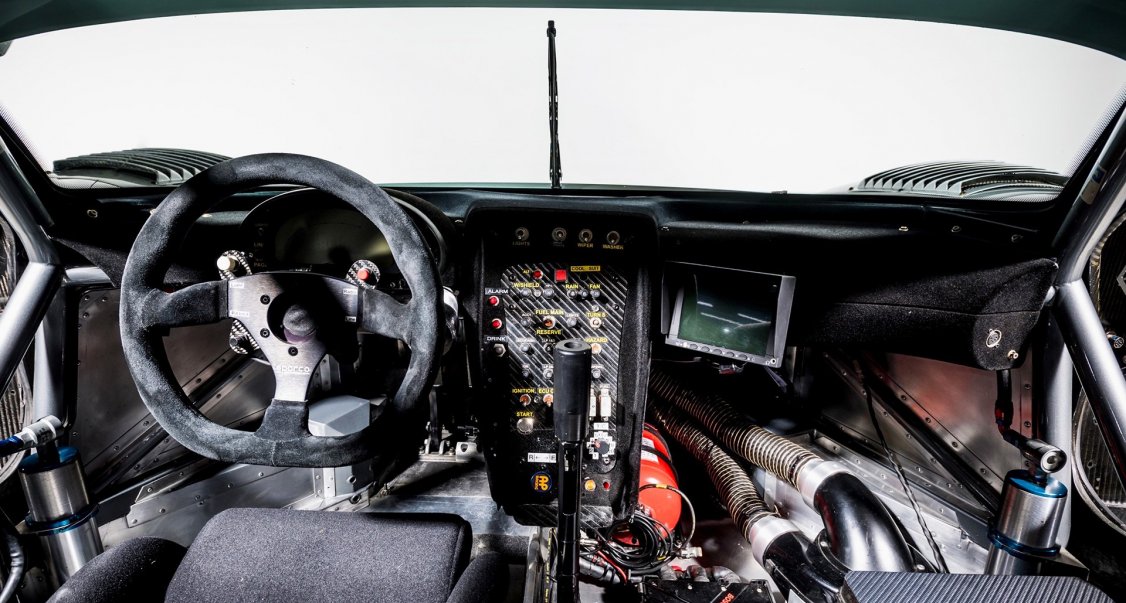
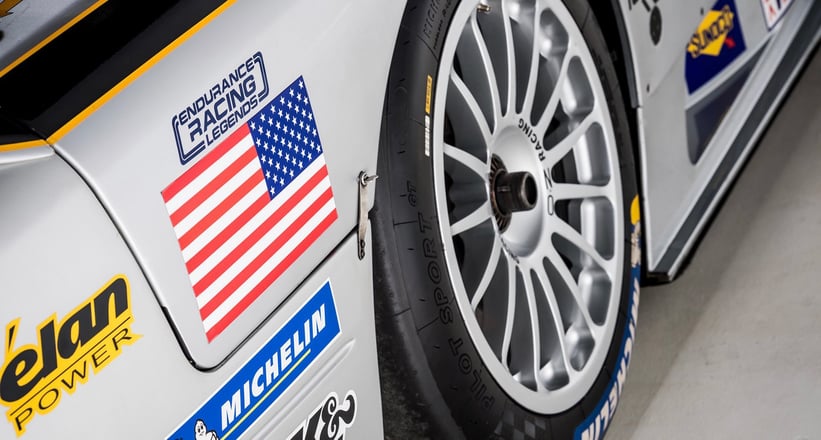
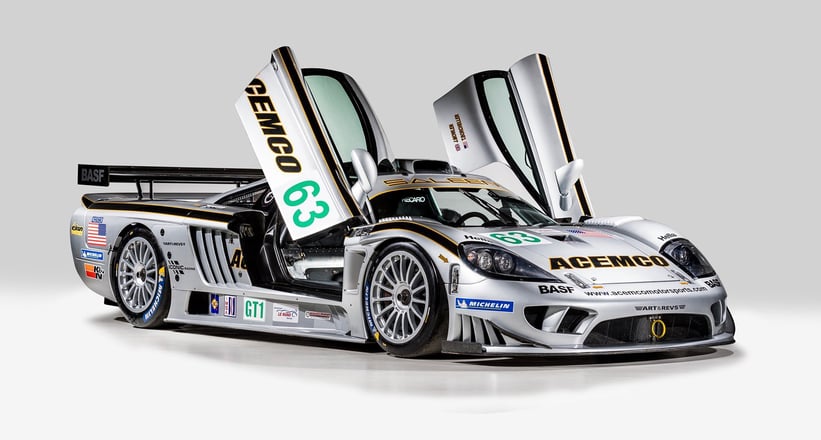
This car, chassis 029R, was the very first of the ‘Evolution’ S7Rs and was signed off in Ford’s own wind tunnel in January of 2004. It was promptly purchased by Acemco, a Michigan-based automotive sub-contractor who’d previously been running GT2 Ferraris and Porsches, and sent into battle in the fiercely competitive ALMS series. In every respect, Acemco was the David to Corvette Racing’s Goliath, but 029R scored six podiums and valiantly earned second in the GT1 championship.
“The arrival of the Evolution S7R marked something of a rebirth for the mighty Saleen, which was already a four-year-old car remember,” comments Moulin. “After seeing the Acemco-run car’s potential, both Zakspeed and Oreca bought S7Rs and set about crushing the opposition in Europe.” Chassis 029R was sold (together with its Acemco sister car 031R, incidentally now also owned by Moulin) to a Belgian racing team in 2007 and once again to K Plus K in 2008. Contesting the 2009 FIA GT Championship, the six-year-old S7s fought off the V12-powered Maserati MC12s to win at both Silverstone and the Hungaroring.
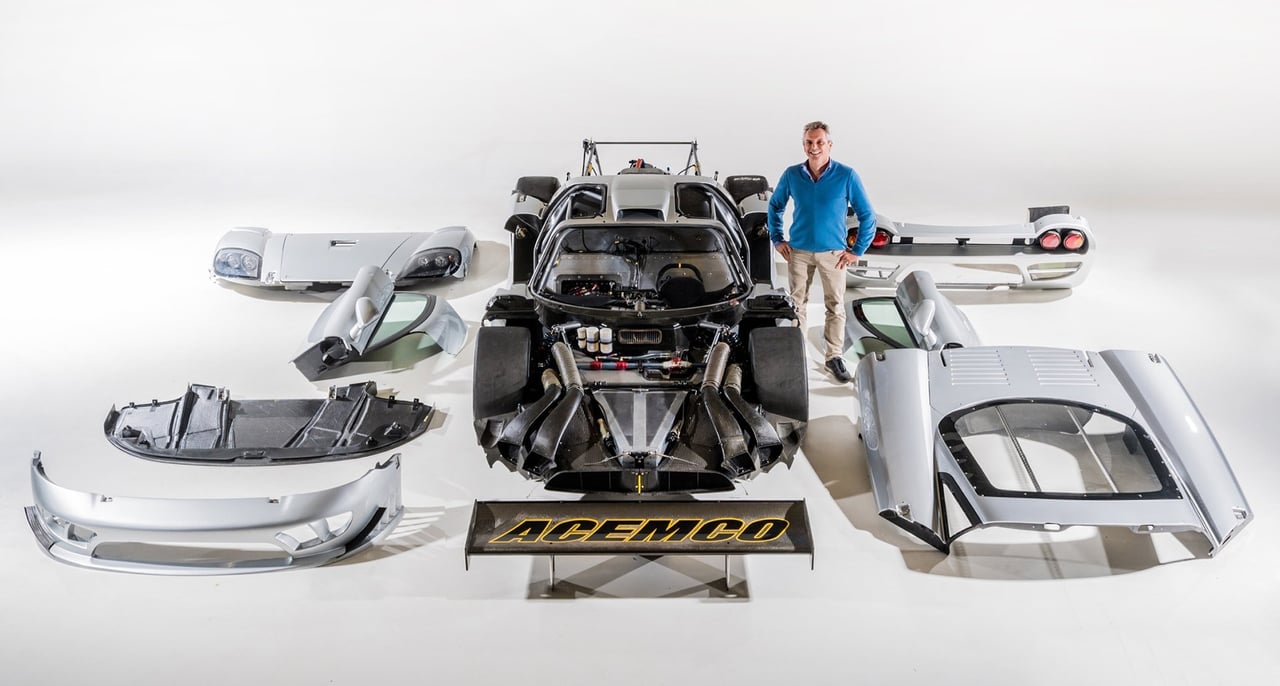

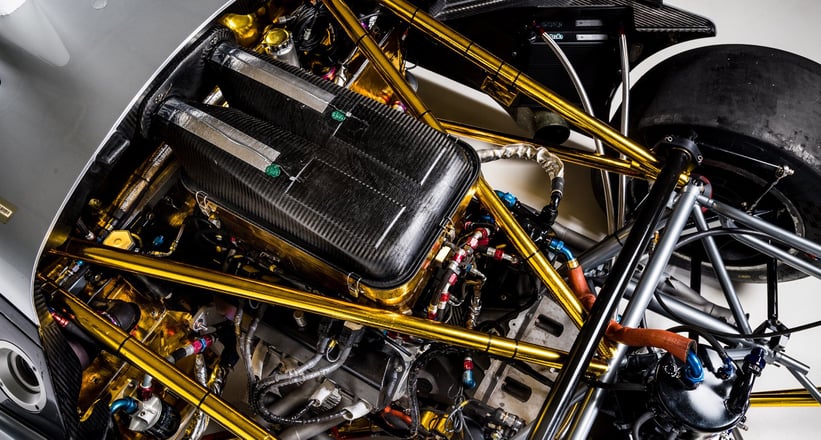
But that was then, and this is now. So, in today’s racing car-obsessed collector car world, where does the appeal of the Saleen S7R lie? “Firstly, the Aston Martin and Ferrari GT cars look like production sports cars modified for competition, while the Saleen looks exactly like the street car, just with a big wing on the back,” Moulin continues. “It’s much like the Maserati MC12 in that respect and whenever I’ve taken it to events, the car really seems to resonate with people.
“Secondly, its performance is so accessible. You need to be a professional driver to really enjoy a Group C prototype from the 1980s, but after five laps in the Saleen, you’re fully dialled in. Despite its imposing appearance and headline figures, the S7R drives like a 1,100kg prototype. Sure, there’s some inertia, because of its weight, but it’s incredibly stiff and the downforce plays such a big role at high speeds. A Corvette or a Ferrari 550 might have more mechanical grip, but they won’t hold a candle to the Saleen over the course of a lap. GT2 cars instantly turn into mobile chicanes.
“The Elan 7.0-litre engine is one of the best powertrains I’ve ever experienced. It feels like an electric motor, because from 4,500–7,000 rpm, the torque curve is entirely flat. We put the car on a dyno and saw 700bhp and 900Nm of torque. But honestly, it’s so unintimidating from the driver’s seat – there’s a reassuring touch of understeer, as a racing car should have, but you never lock a wheel or lose the tail. In fact, from the quiet, cocooned interior, you don’t really feel the car’s pace at all. That is until you pass a slower GT2 car! A Prodrive-built Ferrari is far more demanding.”
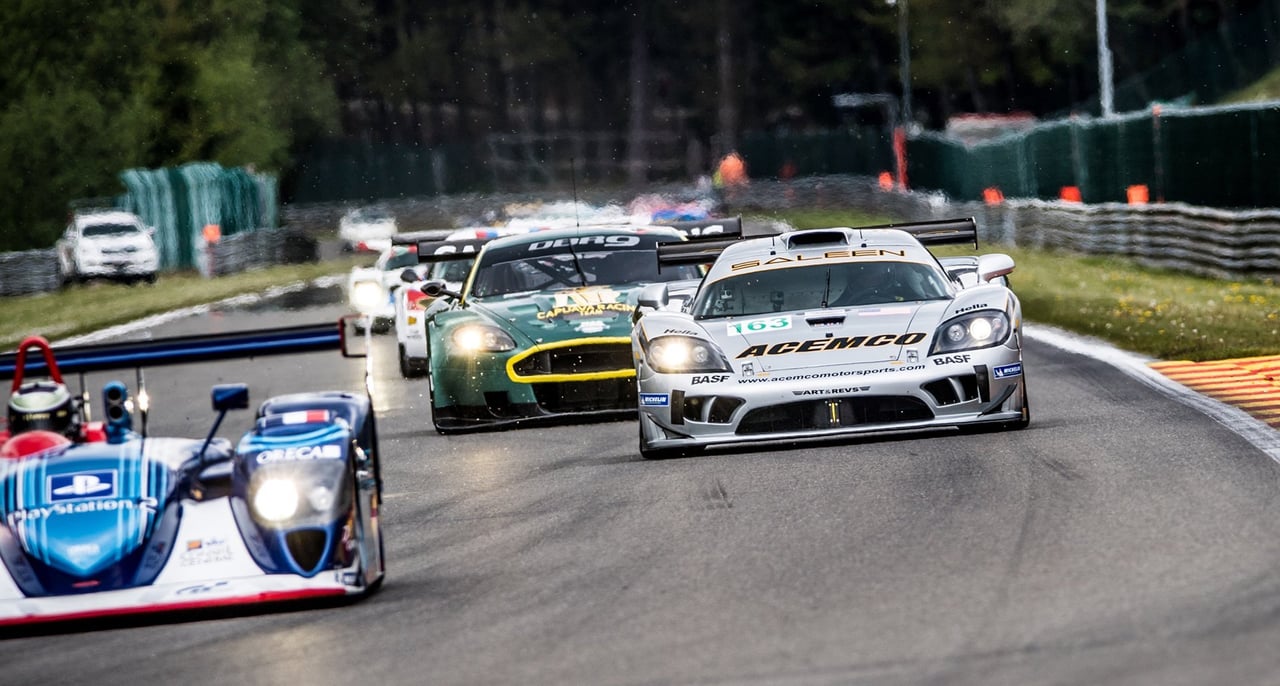
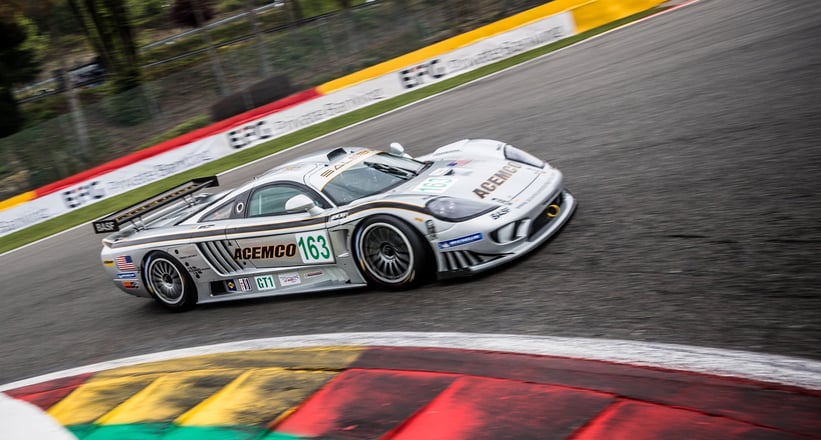
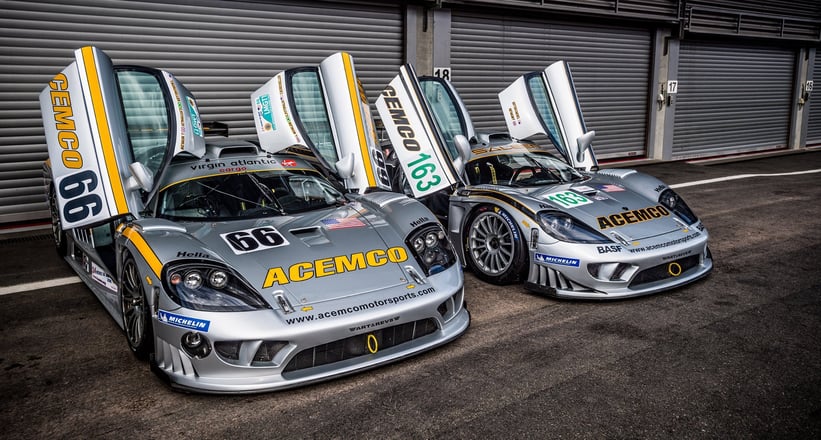
Following a fastidious in-house restoration at Art & Revs in 2018, chassis 029R’s potential was realised at several rounds of Peter Auto’s flourishing Endurance Racing Legends series in the GT1B category, which it duly won. At Le Castellet, this S7R actually beat a raft of purpose-built prototypes. “Despite their drastic increase in popularity, people still don’t properly understand these modern endurance racers,” concludes Moulin. “They’re very easy to run and to drive, and, perhaps most importantly, they’re incredibly safe. This is definitely an important characteristic for today’s younger collectors.”
Just eight Saleen S7R Evolutions were built from a total production run of 15. And the road cars are equally elusive. Chassis 029R not only represents the best of a breed of modern racers that are gaining market momentum with every passing day, but also a truly unforgettable – and surprisingly accessible – driving experience. Oh, and it’s an all-American hero that more than made its mark in Europe. What’s that old saying? ‘There’s no replacement for displacement.’
Photos courtesy of Art & Revs © 2020







































